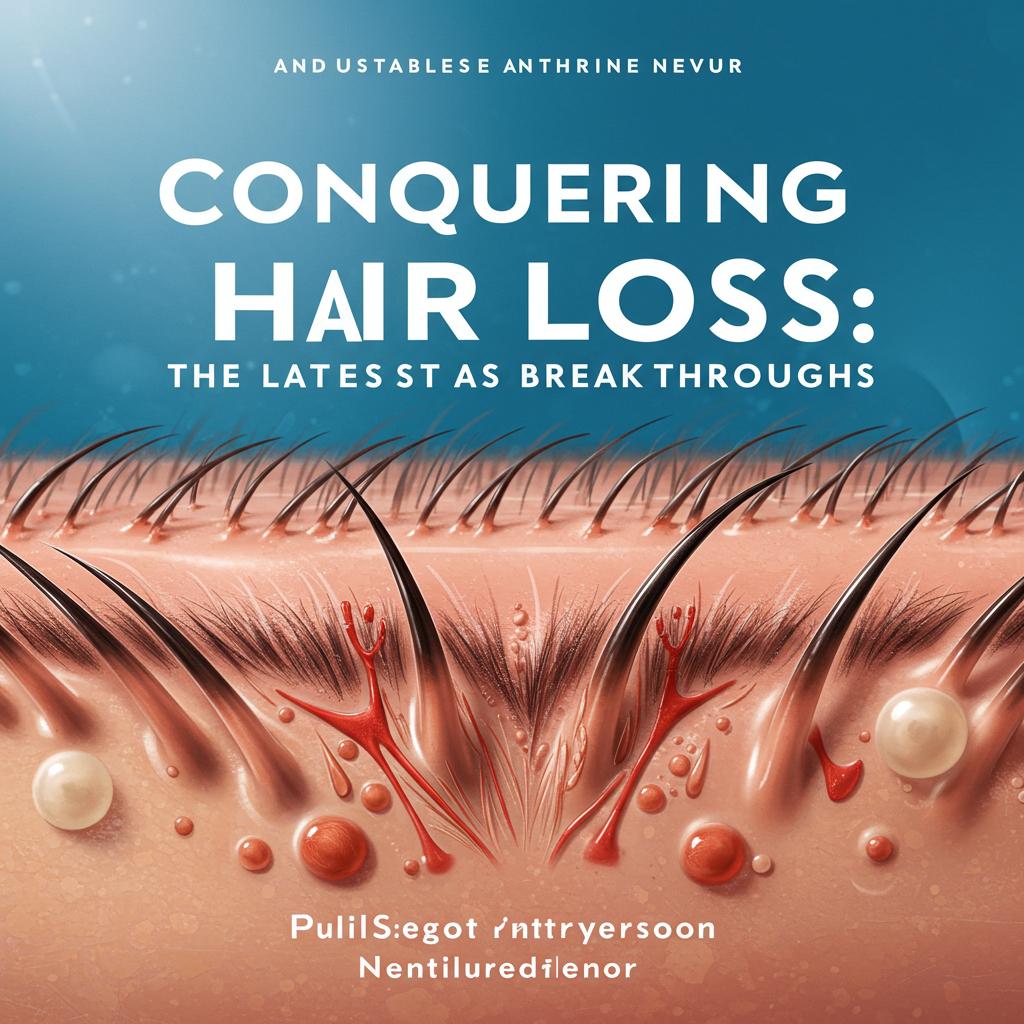
Losing your hair can be a distressing experience, and it’s often more complex than you might think. There are many different reasons why hair loss happens, each with its own unique characteristics. Fortunately, our understanding of hair loss is constantly evolving, leading to better diagnosis and treatment options. Let’s break down some of the latest advancements in understanding and managing hair loss:
- Types of Hair Loss: Broadly speaking, hair loss falls into two main categories:
- Non-Scarring Alopecia: This type doesn’t damage the hair follicles, meaning hair regrowth is possible. Common examples include alopecia areata (AA), where the immune system mistakenly attacks hair follicles, and telogen effluvium (TE), a temporary hair shedding often triggered by stress, illness, or hormonal changes. We’ve learned a lot recently about the immune system’s role in AA, opening doors for targeted therapies. TE, as it turns out, was a common experience after COVID-19 infection, with many individuals noticing increased shedding in the months following recovery.
- Scarring Alopecia (Cicatricial Alopecia): This is a more serious condition where the hair follicles are destroyed, leading to permanent hair loss. Conditions like lichen planopilaris (LPP) fall into this category. Research is ongoing to understand the causes and develop effective treatments to slow or halt progression.
- Understanding the Causes: Advancements in genetic analysis have helped us identify the underlying causes of various hair loss conditions, including:
- Androgenetic Alopecia (AGA) and Female Pattern Hair Loss (FPHL): These common hereditary forms of hair loss are influenced by genetics and hormonal factors. We now have a much clearer picture of the genes involved, which has led to the development of targeted treatments.
- Diagnosis and Measurement: How do doctors figure out what type of hair loss you have? There have been significant improvements in diagnostic methods:
- New Criteria and Scoring Systems: These tools offer more precise and standardized ways to assess hair loss severity and track progress over time, surpassing older, less reliable methods.
- Emerging Diagnostic Techniques: Innovative technologies are emerging, offering potentially faster and more accurate diagnosis. These include trichoscopy, a non-invasive examination of the hair and scalp using a specialized microscope, and biopsies, which examine hair follicle tissue under a microscope to identify underlying causes.
- Treatment Advances: Exciting new therapies are emerging for various hair loss conditions. For example, JAK inhibitors, a type of medication that targets the immune system, are showing promise for treating alopecia areata. For AGA and FPHL, there are also newer medications and therapies beyond traditional options like minoxidil and finasteride. Hair transplantation techniques have also continued to advance, offering more natural-looking results.
Staying informed is key when dealing with hair loss. This overview provides a glimpse into the latest advancements in diagnosis and treatment. If you’re concerned about hair loss, consulting a dermatologist or hair specialist is crucial for proper diagnosis and personalized treatment. They can assess your specific condition and guide you toward the best course of action, empowering you to make informed decisions about your hair health journey.
